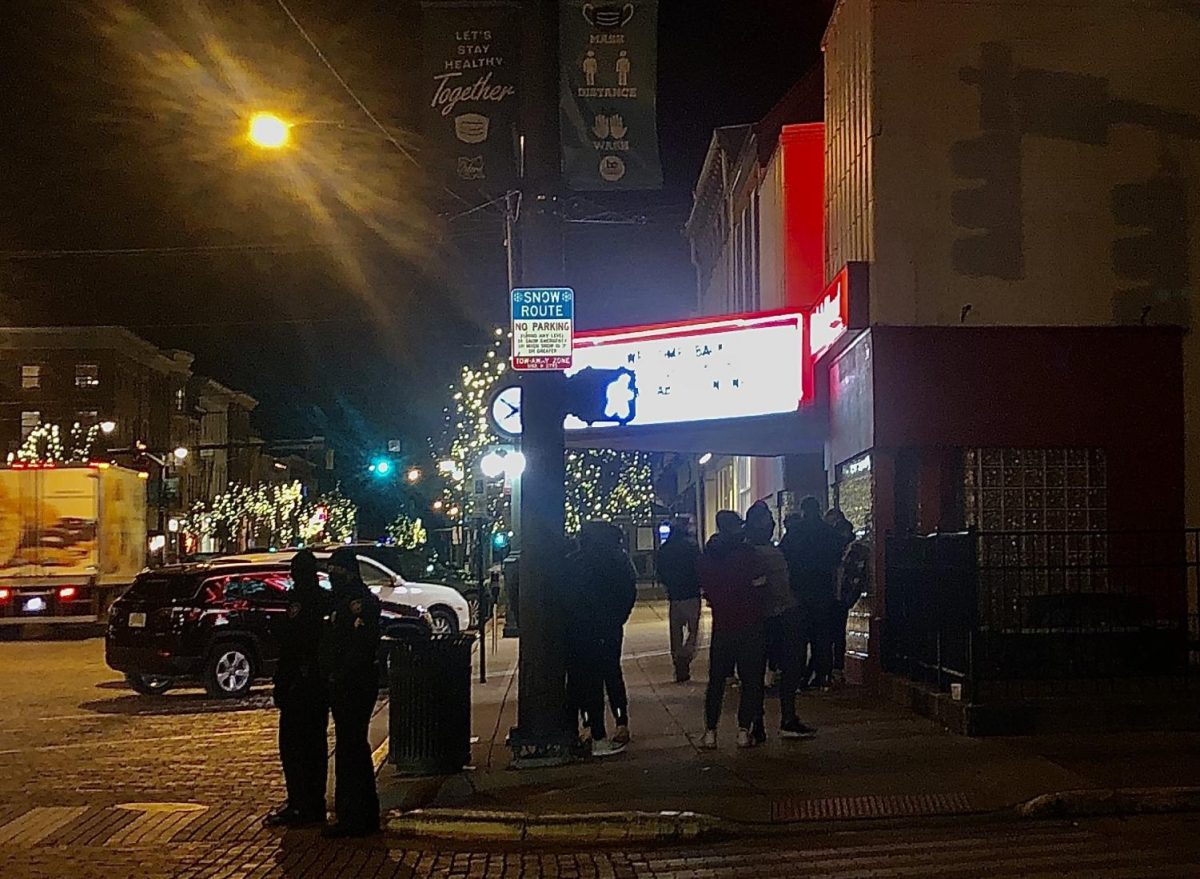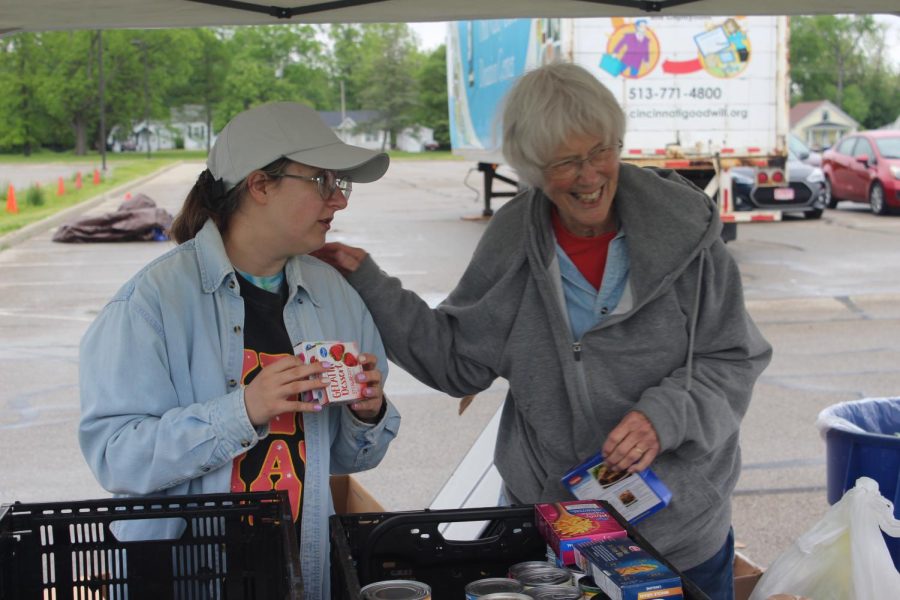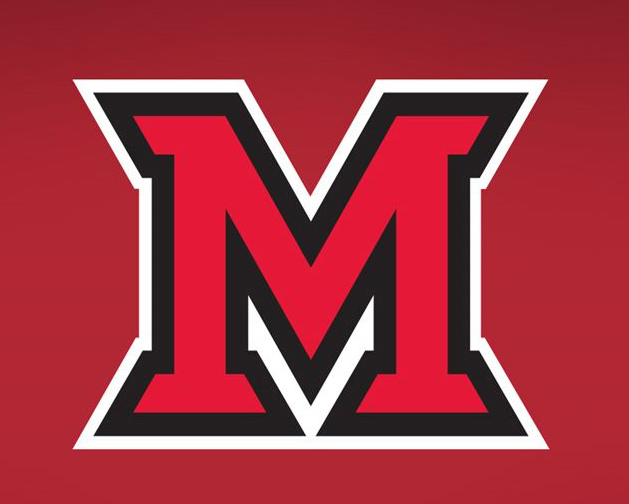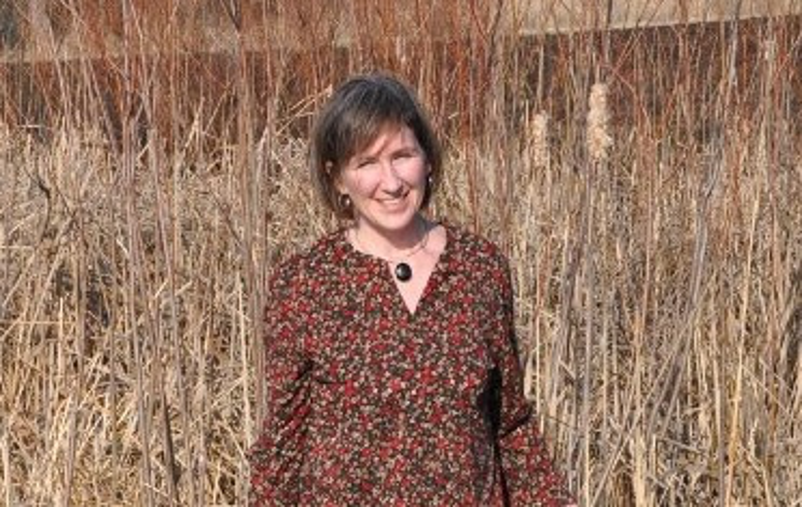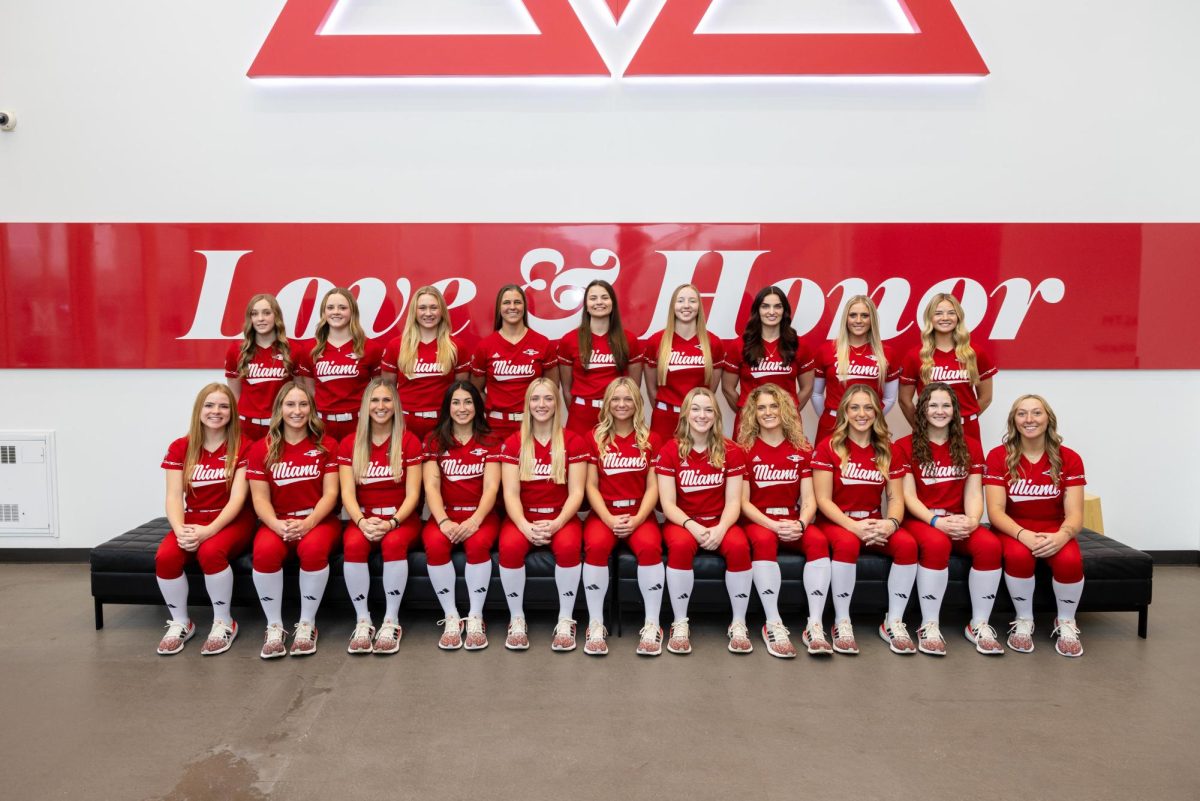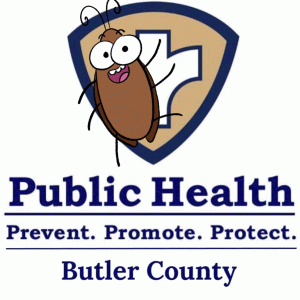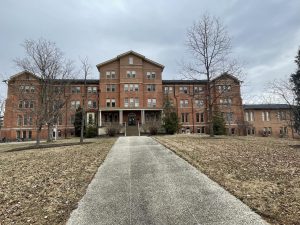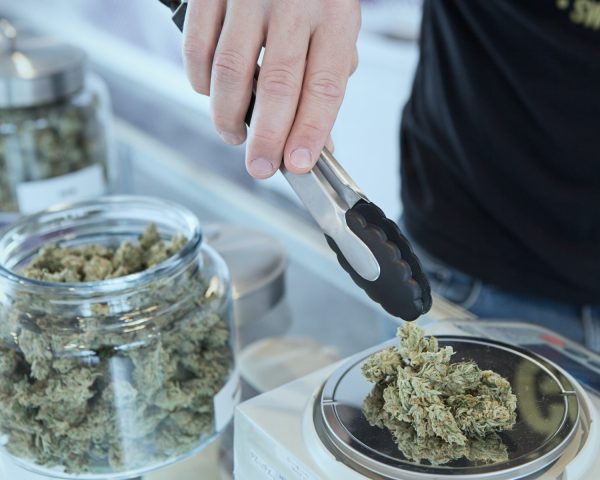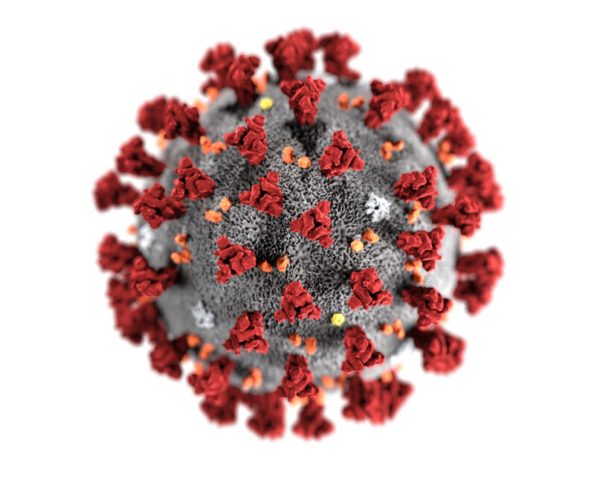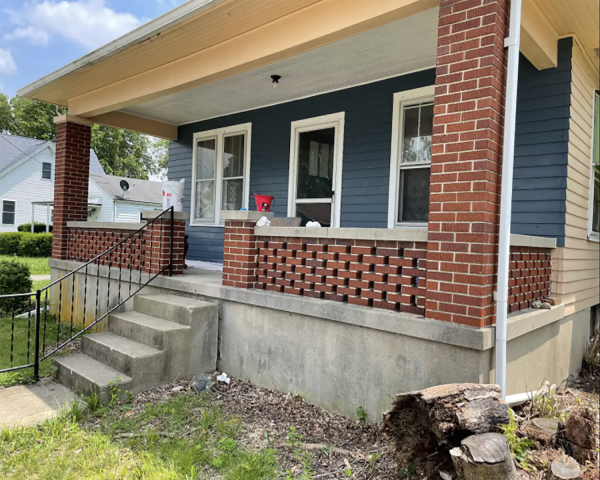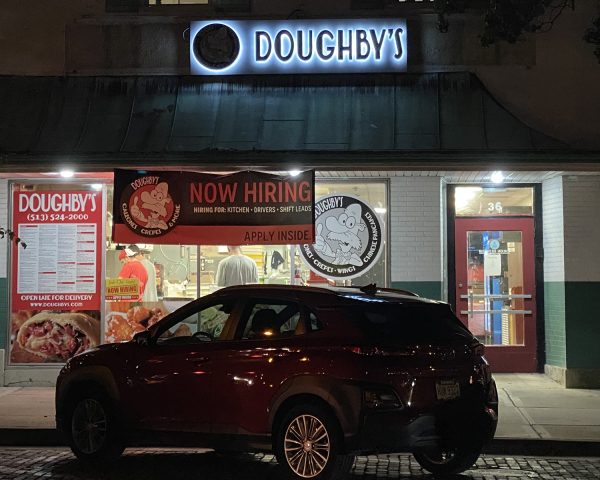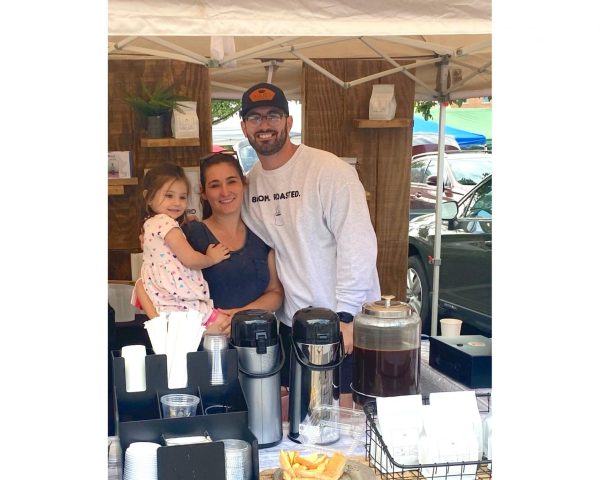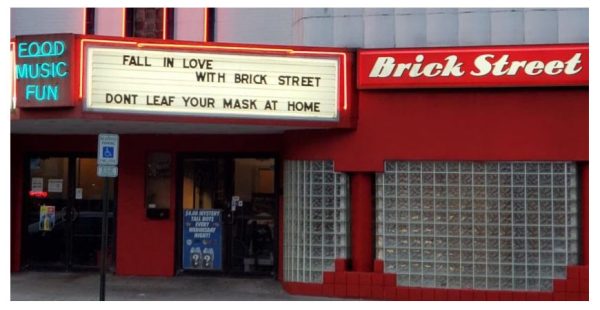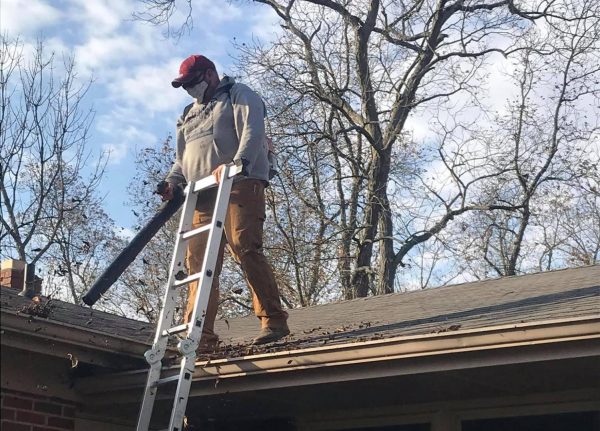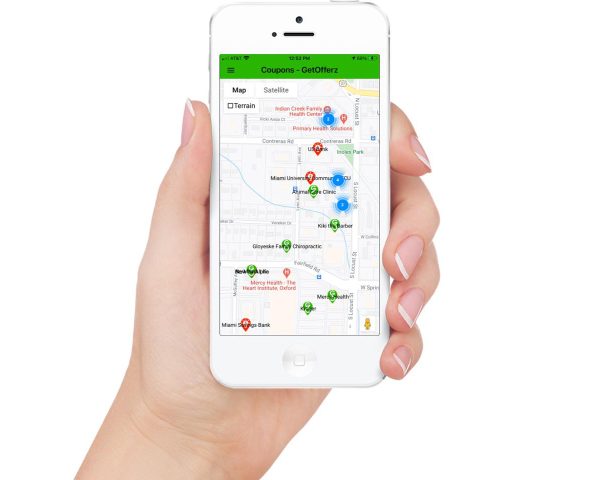Decrease in coronavirus hospitalization rate leads to later curfew
People began to line up outside of the Brick Street Bar & Grille, 36 E. High Street, at about 8 p.m. Thursday, waiting for a chance to go inside. The statewide curfew was pushed back from 10 p.m. to 11 p.m. Thursday night.
January 29, 2021
Oxford’s bars and restaurants stayed open an extra hour Thursday night — until 11 p.m. after Ohio Gov. Mike DeWine eased the statewide COVID-inspired curfew.
DeWine announced Tuesday the curfew would be eased if the number of COVID-19 hospitalizations in the state stayed below 3,500 for seven days in a row. On Wednesday, 2,944 hospitalizations were reported in the state, the seventh day below 3,500. The order easing the curfew was signed Wednesday night by Stephanie McCloud, director of the Ohio Department of Health.
According to the governor, the shift in the curfew from 10 p.m. to 11 p.m. will remain in effect until Feb. 11, when hospitalizations will be reviewed again. If after two weeks, the hospitalizations drop below 3,000 for seven days in a row, the curfew will be pushed back to midnight, DeWine said. The governor also warned that the curfew will be tightened if the hospitalizations go back up.
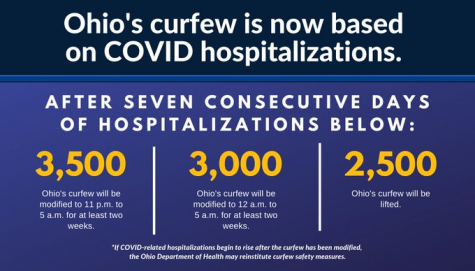
In Oxford, previously a COVID-19 hotspot, the later curfew is good news for local businesses.
“Every bit of extra time should help most venues in Oxford,” said local restaurateur Ted Wood.
For Wood, owner of The Wood’s, Sidebar, Corner Grill & Drinkery, Left Field Tavern, Pachinkos and Sorriso Osteria, the curfew means the elimination of his businesses’ busiest hours of 11 p.m. to 2 a.m.
“We are definitely losing money. If things don’t change soon, we will definitely be in jeopardy of closing some businesses,” Wood said.
As the curfew lessens, Wood looks forward to the return of late night customers.
“We will happily accept any additional time to sell food and beverages,” he said.
COVID restrictions also require bar and restaurant patrons to remain six feet apart and to wear masks when not eating or drinking. The social distancing means fewer patrons allowed into bars at the same time, which often results in lines of people outside waiting to get in.
The curfew, along with Miami University students’ return to campus for the spring semester, also presents new challenges for Oxford law enforcement.
When the Ohio curfew went into place on Nov. 19, 2020, students at Miami University were getting ready to leave Oxford for the extended winter break.
While the typical uptown scene is packed on the weekends after 10 p.m., police officers didn’t need to monitor the area as heavily due to the lack of students.
Now that students have returned, the uptown scene is definitely busy and is in need of heavy monitoring.
“The uptown mood is just starting earlier. Bars may be packed at 6-8 o’clock whereas that would have never happened before,” said Oxford Police Lt. Lara Fening.
Looking forward, as the curfew is pushed back to 11 p.m., Fening made it clear that her staff will be prepared for a possible increase in numbers of drinkers and the number of related problems uptown this weekend.
“We’ll certainly respond (to the 11 p.m. curfew) and put our resources where they need to be, even overstaffing for the following weekend,” Fening said.
COVID-19 mitigation remains paramount for the city during the expected increase in numbers uptown.
“We’re still going to be doing strong enforcement measures both for mask-wearing, mass gatherings, and alcohol violations,” said Assistant City Manager Jessica Greene. “I think you’ll see that as ‘business as usual’ at this time.”


